Edge banding is a crucial process in woodworking, especially for cabinetry and furniture production. It not only enhances the aesthetic appeal but also protects the edges of materials like plywood and particle board from moisture and damage. When it comes to selecting the best glue for edge banding, several options are available, each with its own set of advantages and disadvantages. In this article, we will explore the different types of adhesives used in edge banding, their applications, and the best practices for their use.
Common Types of Edge Banding Adhesives
- EVA Adhesive
- Advantages: EVA (Ethylene-Vinyl Acetate) adhesives are known for their excellent adhesion properties and flexibility. They are easy to apply and cure quickly, making them suitable for high-speed production lines. EVA adhesives also have good resistance to moisture and chemicals, making them ideal for use in environments where these factors are a concern.
- Disadvantages: EVA adhesives can be sensitive to heat and may become brittle over time. They also have lower resistance to heat and moisture compared to PUR adhesives.
- Applications: EVA adhesives are widely used in edge banding due to their rapid setting times and robust bond. They are particularly useful for high-speed production lines where efficiency and a clean, seamless finish are critical.
- PUR Adhesive
- Advantages: PUR (Polyurethane Reactive) adhesives are known for their exceptional bond strength and moisture resistance. They can bond various materials, including wood, laminate, and plastic, making them suitable for a wide range of applications. PUR adhesives also provide a cleaner and more professional finish compared to traditional hot melt or EVA adhesives, minimizing the risk of visible glue lines and ensuring a smooth appearance.
- Disadvantages: PUR adhesives require specific application techniques and equipment. They are more expensive and challenging to handle compared to other adhesives.
- Applications: PUR adhesives are becoming increasingly popular in the woodworking industry due to their superior performance. They are ideal for high-quality furniture and cabinetry that require durability and resistance to environmental factors.


Why is My Edge Banding Not Sticking?
If your edge banding is not sticking, several factors could be at play:
- Incorrect Adhesive Type: Using the wrong type of adhesive for your specific application can result in poor adhesion. For example, EVA adhesives may not be suitable for high-moisture environments.
- Improper Application Technique: Not following the manufacturer’s guidelines for temperature settings or application methods can lead to weak bonds.
- Surface Contamination: Dust, debris, or other contaminants on the surfaces can prevent proper adhesion. Ensure that the surfaces are clean and free of any foreign particles.
- Inadequate Pressure: Insufficient pressure during application can result in gaps or weak spots in the bond. Use rollers or clamps to apply consistent pressure.
- Environmental Factors: High humidity or extreme temperatures can affect the curing process and adhesion quality. Ensure that the environment is suitable for the adhesive being used.
What Temperature do You Use Edge Banding Glue?
The temperature glue for edge banding depends on the type of adhesive being used:
- EVA Adhesive: Typically applied at temperatures between 140°C and 160°C. The adhesive must be heated to the correct temperature to ensure proper flow and bonding.
- PUR Adhesive: Requires specific temperature settings, usually around 140°C to 160°C, but may vary depending on the specific product. Follow the manufacturer’s guidelines for optimal results.
How do You Seal Edge Banding?
Sealing edge banding is an important step to ensure a professional and durable finish:
- Clean the Surface: Remove any excess adhesive or dust from the edge banding using a clean cloth or sandpaper.
- Apply Sealant: Use a clear sealant or lacquer to coat the edge banding. This will protect the edge from moisture and other environmental factors.
- Allow to Dry: Follow the manufacturer’s instructions for drying times. Ensure that the sealant is completely dry before using the furniture.
What is Edge Glue?
Edge glue is a type of adhesive specifically designed glue for edge banding applications. It is used to bond the edge banding material to the substrate, providing a strong and durable bond. Edge glue can be made from various materials, including EVA and PUR, and is chosen based on the specific requirements of the project.
What are the Three Types of Edge Banding?
- Plywood Edge Banding: Used to seal the edges of plywood, providing a professional and durable finish.
- MDF Edge Banding: Used to seal the edges of MDF panels, enhancing their appearance and durability.
- Cabinet Edge Banding: Used to seal the edges of cabinets, improving their appearance and protecting them from moisture and damage.
What Kind of Glue to Use on Cabinet Edges?
For cabinet edges, the best type of glue to use is typically a high-quality EVA or PUR adhesive. These adhesives provide strong and durable bonds, ensuring that the edge banding remains in place over time. EVA adhesives are a good choice for general-purpose edge banding, while PUR adhesives are ideal for high-quality cabinets that require superior performance.
What Material is Used for Edge Banding?
Edge banding can be made from various materials, including:
- PVC (Polyvinyl Chloride): Durable and resistant to moisture and chemicals.
- ABS (Acrylonitrile Butadiene Styrene): Strong and impact-resistant.
- Wood Veneer: Provides a natural wood look and feel.
- Melamine: Offers a smooth and glossy finish.
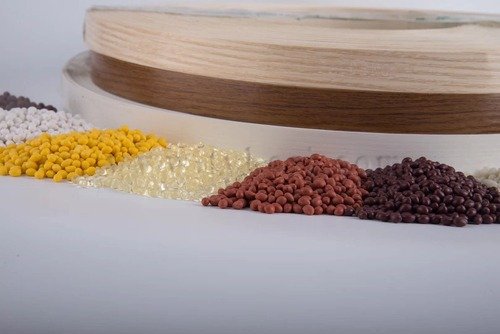
How do You Glue Wood Edging?
To glue wood edging, follow these steps:
- Prepare the Surfaces: Clean the surfaces of the wood edging and the substrate to remove any dust or debris.
- Apply Adhesive: Use a high-quality EVA or PUR adhesive to bond the wood edging to the substrate.
- Apply Pressure: Use clamps or rollers to apply consistent pressure, ensuring a strong bond.
- Allow to Cure: Follow the manufacturer’s instructions for curing times. Ensure that the adhesive is completely dry before using the furniture.
What is the Best Way to Trim Edge Banding?
The best way to trim edge banding is to use a sharp knife or a trimming tool. Follow these steps:
- Mark the Trim Line: Use a pencil or a marker to mark the trim line on the edge banding.
- Trim the Edge Banding: Use a sharp knife or a trimming tool to cut along the marked line.
- Smooth the Edges: Use sandpaper to smooth the edges of the trimmed edge banding, ensuring a clean and professional finish.
How to Stick on Edge Banding?
To stick on edge banding, follow these steps:
- Prepare the Surfaces: Clean the surfaces of the edge banding and the substrate to remove any dust or debris.
- Apply Adhesive: Use a high-quality EVA or PUR adhesive to bond the edge banding to the substrate.
- Apply Pressure: Use clamps or rollers to apply consistent pressure, ensuring a strong bond.
- Allow to Cure: Follow the manufacturer’s instructions for curing times. Ensure that the adhesive is completely dry before using the furniture.
What is EVA Adhesive?
EVA adhesive is a type of hot melt adhesive made from ethylene-vinyl acetate copolymer. It is known for its excellent adhesion properties and flexibility. EVA adhesives are easy to apply and cure quickly, making them suitable for high-speed production lines. They also have good resistance to moisture and chemicals, making them ideal for use in environments where these factors are a concern.
Conclusion
Choosing the right glue for edge banding is crucial for ensuring a strong and durable bond. EVA and PUR adhesives are the most commonly used types, each with its own set of advantages and disadvantages. By understanding the properties of these adhesives and following best practices for application, you can achieve professional and long-lasting results in your woodworking projects.



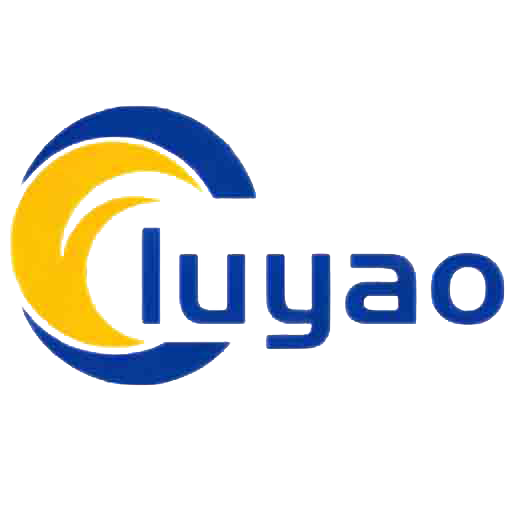


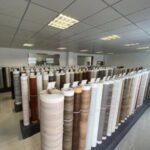
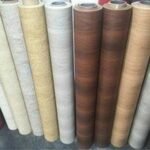
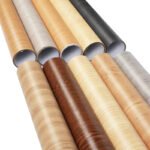
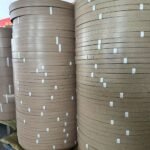
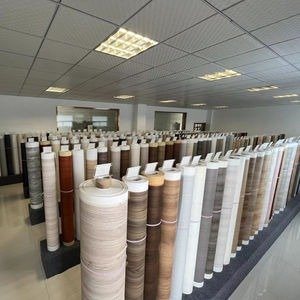
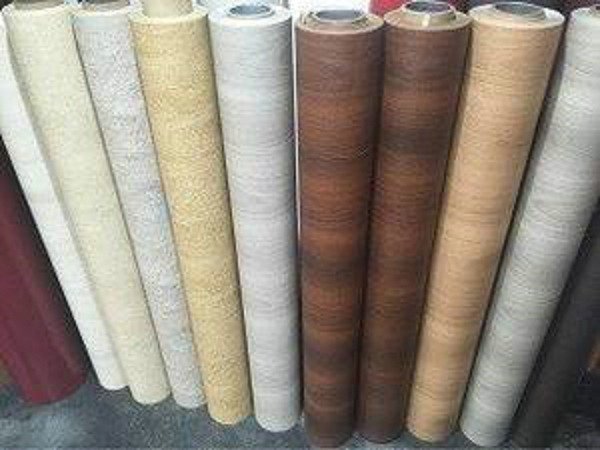


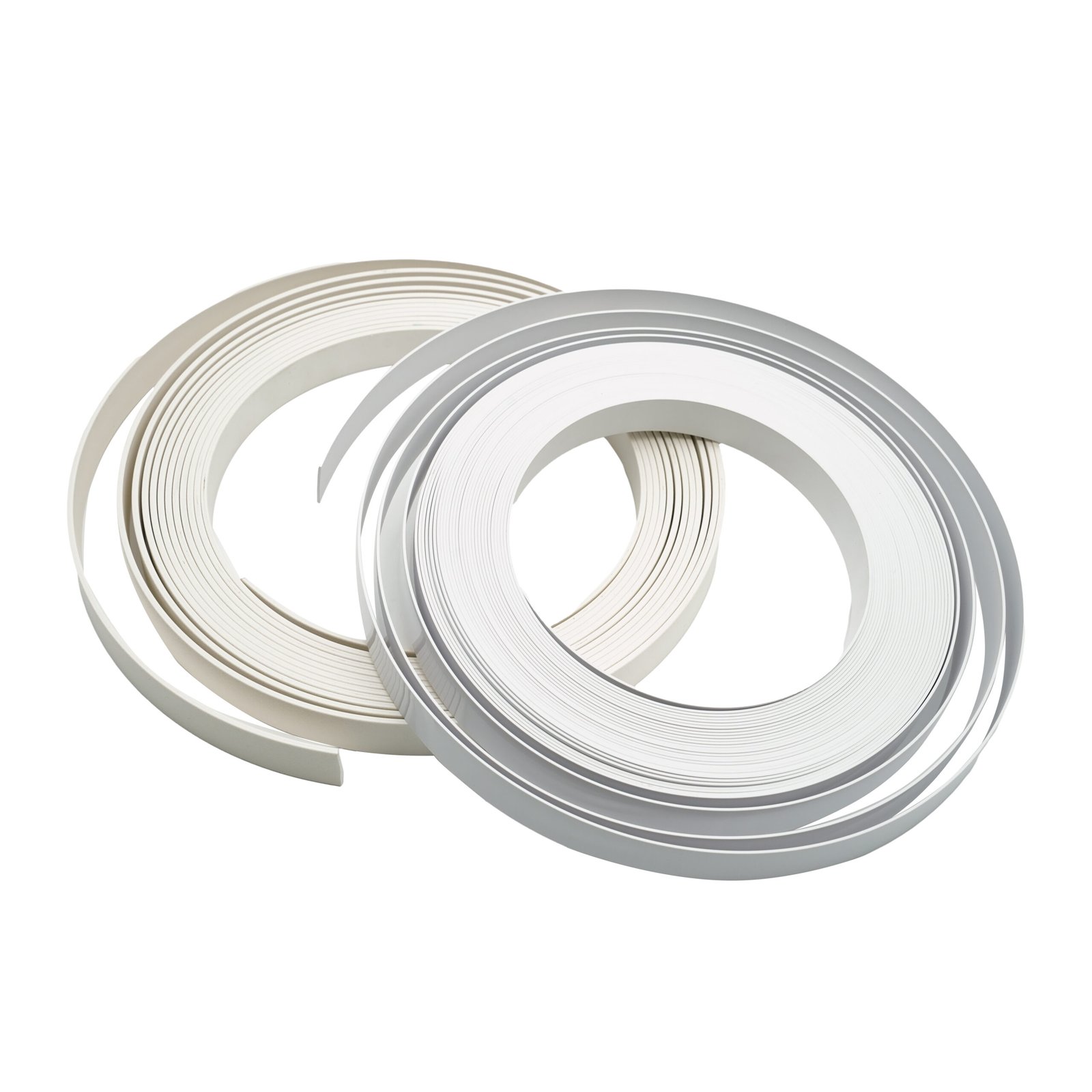




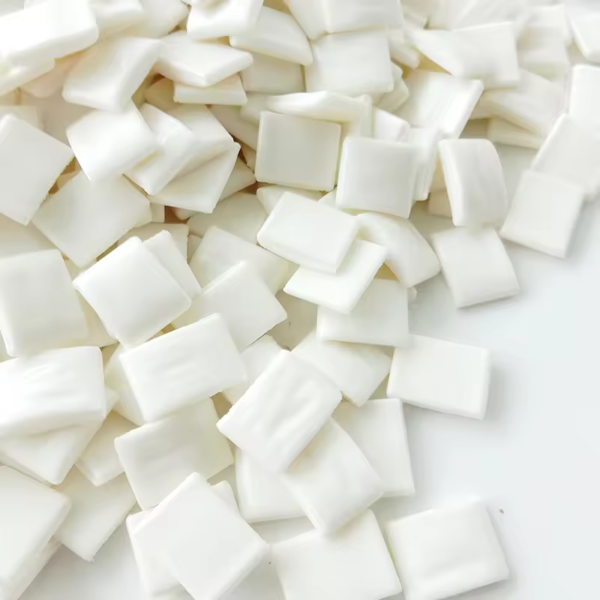

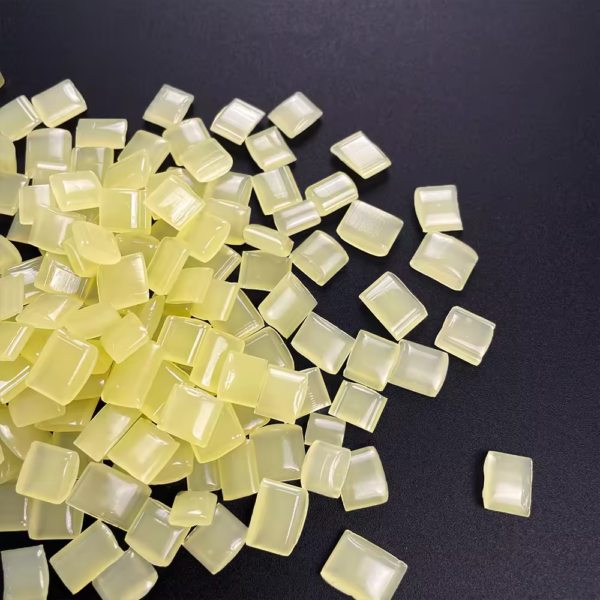

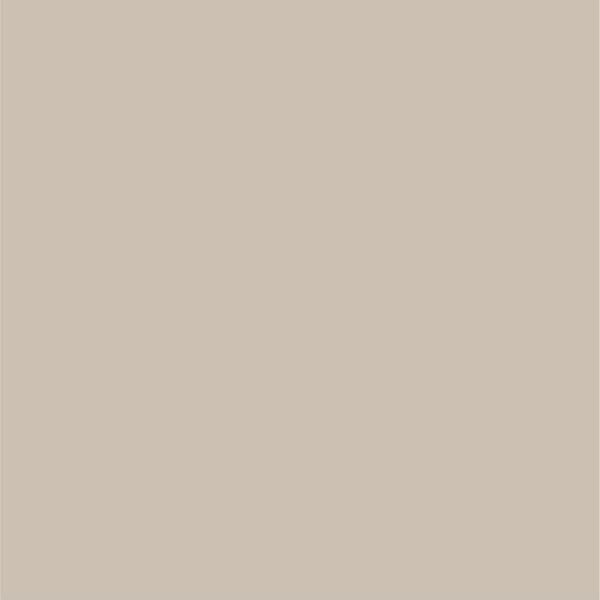
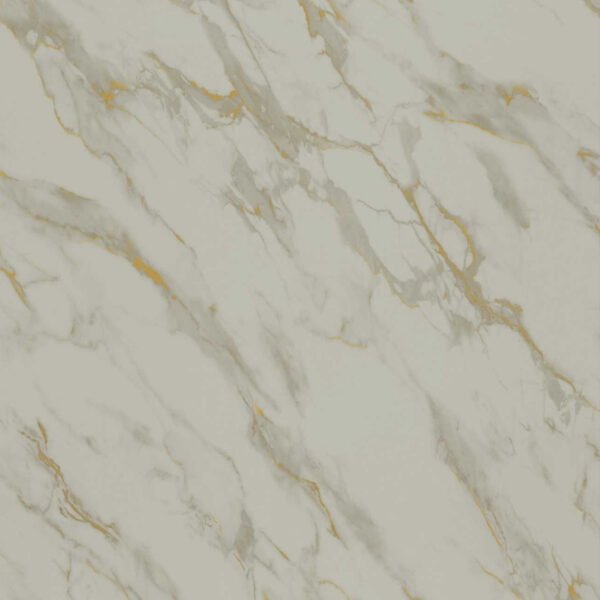
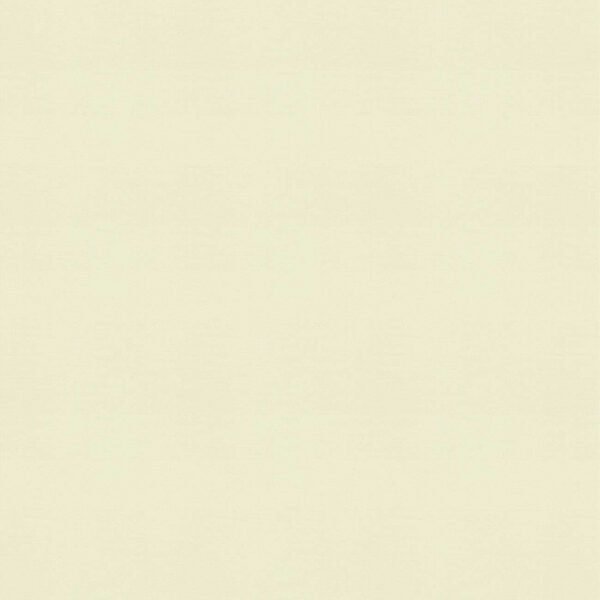
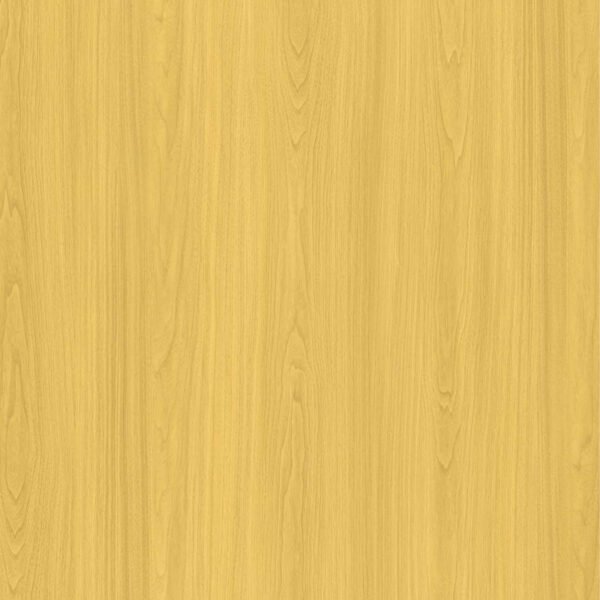


Leave a Reply